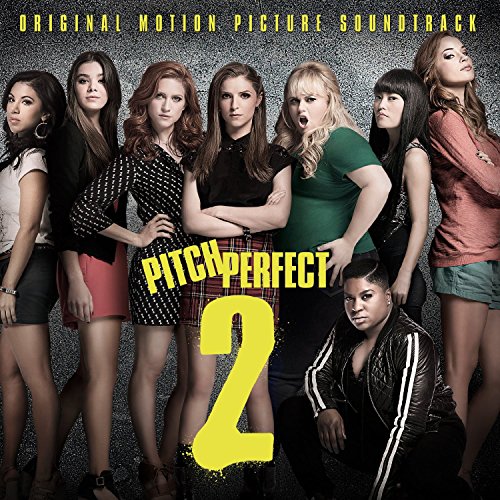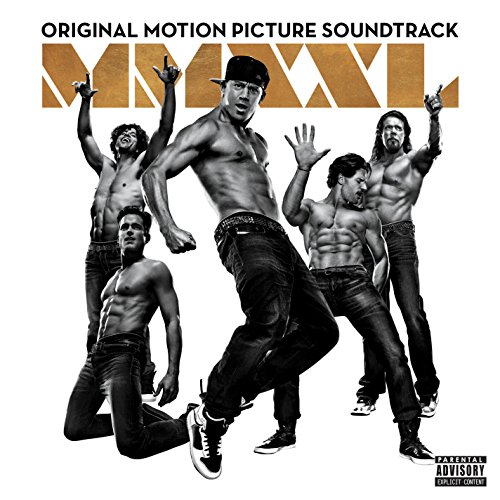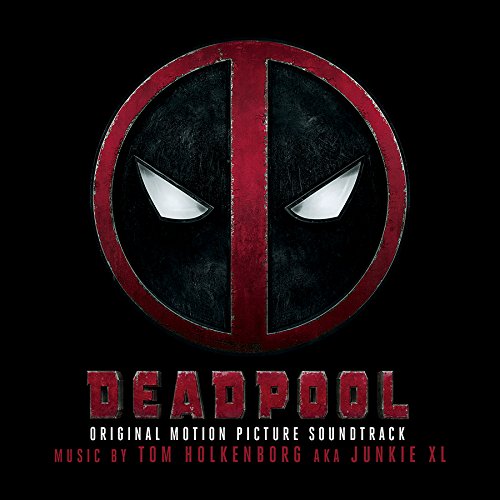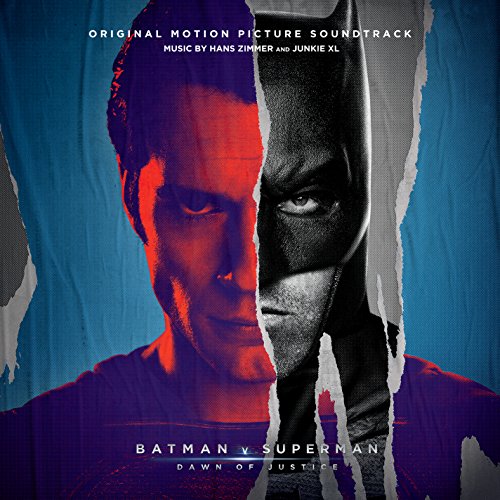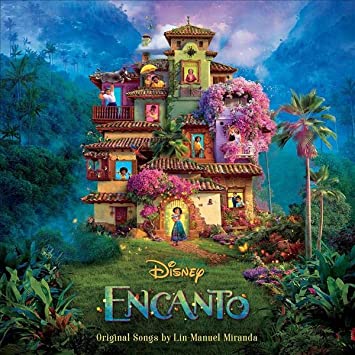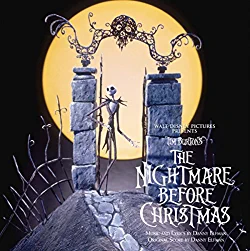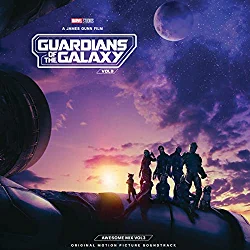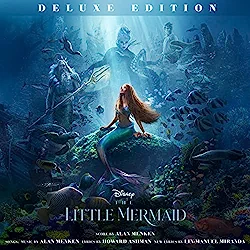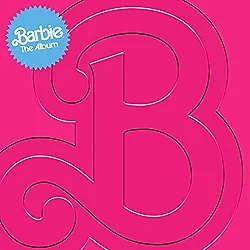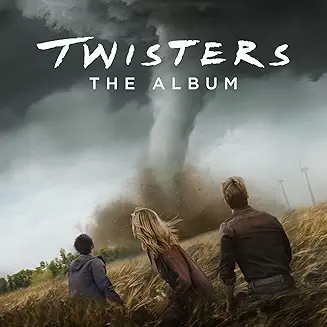Soundtrack | |
Number of songs: 226 | Total weeks on charts: 1436
Appearing in a total number of: 238 charts | Total period running: 20047 days
Appearing in a total number of: 238 charts | Total period running: 20047 days
Biography
A soundtrack, also written sound track, can be recorded music accompanying and synchronized to the images of a motion picture, book, television program or video game; a commercially released soundtrack album of music as featured in the soundtrack of a film, video or television presentation; or the physical area of a film that contains the synchronized recorded sound.
In movie industry terminology usage, a sound track is an audio recording created or used in film production or post-production. Initially the dialogue, sound effects, and music in a film each has its own separate track (dialogue track, sound effects track, and music track), and these are mixed together to make what is called the composite track, which is heard in the film. A dubbing track is often later created when films are dubbed into another language. This is also known as a M & E track (music and effects) containing all sound elements minus dialogue which is then supplied by the foreign distributor in the native language of its territory.
The contraction soundtrack came into public consciousness with the advent of so-called "soundtrack albums" in the late 1940s. First conceived by movie companies as a promotional gimmick for new films, these commercially available recordings were labeled and advertised as "music from the original motion picture soundtrack", or "music from and inspired by the motion picture." These phrases were soon shortened to just "original motion picture soundtrack." More accurately, such recordings are made from a film's music track, because they usually consist of the isolated music from a film, not the composite (sound) track with dialogue and sound effects.
The abbreviation OST is often used to describe the musical soundtrack on a recorded medium, such as CD, and it stands for Original Soundtrack; however, it is sometimes also used to differentiate the original music heard and recorded versus a rerecording or cover of the music.
There are five types of soundtrack recordings:
Musical film soundtracks which concentrate primarily on the songs (Examples: Grease, Singin' in the Rain)
Film scores which showcase the background music from non-musicals (Examples: Star Wars, The Lord of the Rings)
Albums of pop songs heard in whole or part in the background of non-musicals (Examples: Sleepless in Seattle, When Harry Met Sally...)
Video game soundtracks are often released after a game's release, usually consisting of the background music from the game's levels, menus, title screens, promo material (such as entire songs of which only segments were used in the game), cut-screens and occasionally sound-effects used in the game (Examples: Sonic Heroes, The Legend of Zelda: Ocarina of Time)
Albums which contain both music and dialogue from the film, such as the 1968 Romeo and Juliet, or the first authentic soundtrack album of The Wizard of Oz.
The soundtrack to the 1937 Walt Disney animated film Snow White and the Seven Dwarfs was the first commercially issued film soundtrack. It was released by RCA Victor Records on multiple 78 RPM discs in January 1938 as Songs from Walt Disney's Snow White and the Seven Dwarfs (with the Same Characters and Sound Effects as in the Film of That Title) and has since seen numerous expansions and reissues.
The first live-action musical film to have a commercially issued soundtrack album was MGM's 1946 film biography of Show Boat composer Jerome Kern, Till the Clouds Roll By. The album was originally issued as a set of four 10-inch 78-rpm records. Only eight selections from the film were included in this first edition of the album. In order to fit the songs onto the record sides the musical material needed editing and manipulation. This was before tape existed, so the record producer needed to copy segments from the playback discs used on set, then copy and re-copy them from one disc to another adding transitions and cross-fades until the final master was created. Needless to say, it was several generations removed from the original and the sound quality suffered for it. The playback recordings were purposely recorded very "dry" (without reverberation); otherwise it would come across as too hollow sounding in large movie theatres. This made these albums sound flat and boxy.
Sources: Wikipedia, Top40-Charts.com Editorial team
Soundtrack in the news
More songs by Soundtrack
Related Songs
Related Songs
 |  |  |  |





























































































































































